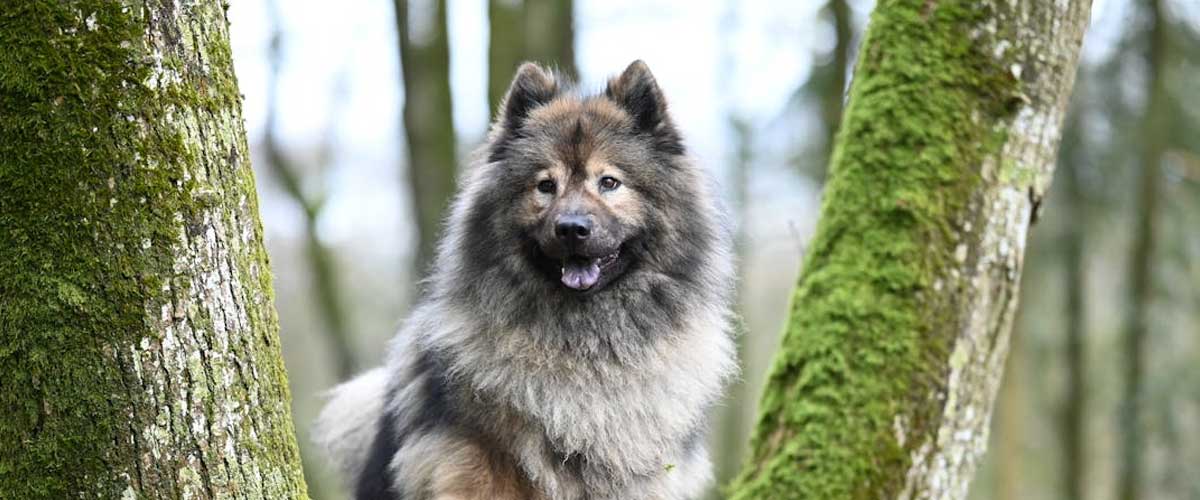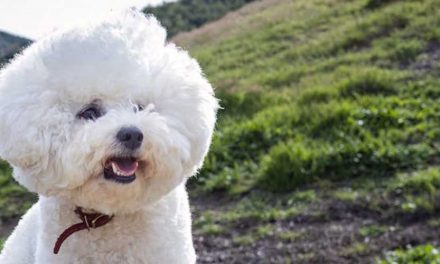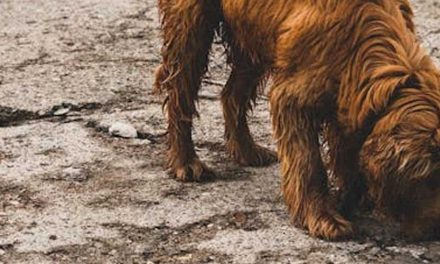The Keeshond is a medium-sized dog breed known for its striking appearance and spirited personality.
With a history intertwined with Dutch and German heritage, these dogs have been beloved companions for centuries.
This article explores the breed’s characteristics, history, care needs, and overall suitability as a family pet.
History and Origins
The Keeshond’s lineage can be traced back to the 18th century in the Netherlands, where they were used as watchdogs for barges and as companions to the common folk.
Their name comes from Cornelis (Kees) de Gyselaer, a leader of a political movement in the 18th century, who favored the breed as a symbol of the Dutch patriot movement.
With their keen intelligence and alertness, Keeshonds became favorites among canal boat owners and were also popular in German regions, contributing to their wide recognition in Europe.
Distinctive Appearance
The Keeshond is easily recognizable for its distinctive “spectacles” – facial markings that resemble glasses.
Their fluffy double coat, which typically comes in shades of gray, black, or cream, gives them a regal and sturdy appearance.
These dogs possess a fox-like expression, erect ears, and a plume-like tail that curls over their back.
Adult Keeshonds usually weigh between 35 to 45 pounds and stand around 17 to 18 inches tall at the shoulder.
Temperament
Keeshonds are known for their lively and friendly nature.
They are incredibly affectionate, forming strong bonds with their families and are particularly good with children.
Their playful and inquisitive disposition makes them an excellent choice for active households.
Social by nature, Keeshonds tend to get along well with other pets and strangers, although they can be protective of their home and family.
Care and Exercise
Maintaining the Keeshond’s beautiful coat requires regular grooming.
Their thick fur needs to be brushed at least once a week to prevent matting and to control shedding, particularly during seasonal changes.
Keeshonds are moderately active dogs that enjoy daily walks and playtime.
They thrive in environments where they can engage in various activities, so regular exercise and mental stimulation are essential.
Health Considerations
Like many breeds, Keeshonds can be prone to certain health issues.
Potential concerns include hip dysplasia, eye disorders, and certain skin conditions.
Regular veterinary check-ups, a healthy diet, and an active lifestyle can help mitigate these risks and keep Keeshonds happy and healthy.
Training and Socialization
Training a Keeshond can be a joyful experience, as they are intelligent and eager to please.
They respond well to positive reinforcement techniques, making them suitable for novice and experienced dog owners alike.
Early socialization is crucial in ensuring that they grow up to be well-adjusted adults.
Exposing them to a variety of experiences, environments, and people during their puppy stages can foster confidence and reduce any potential behavioral issues.
Conclusion
The Keeshond is a versatile and affectionate breed that makes a fantastic companion for families and individuals alike.
With their charming personality, striking appearance, and loving nature, they have earned a place in the hearts of dog lovers around the world.
If you’re considering adding a Keeshond to your family, be prepared for a loyal and lively friend who will fill your life with joy and companionship.













